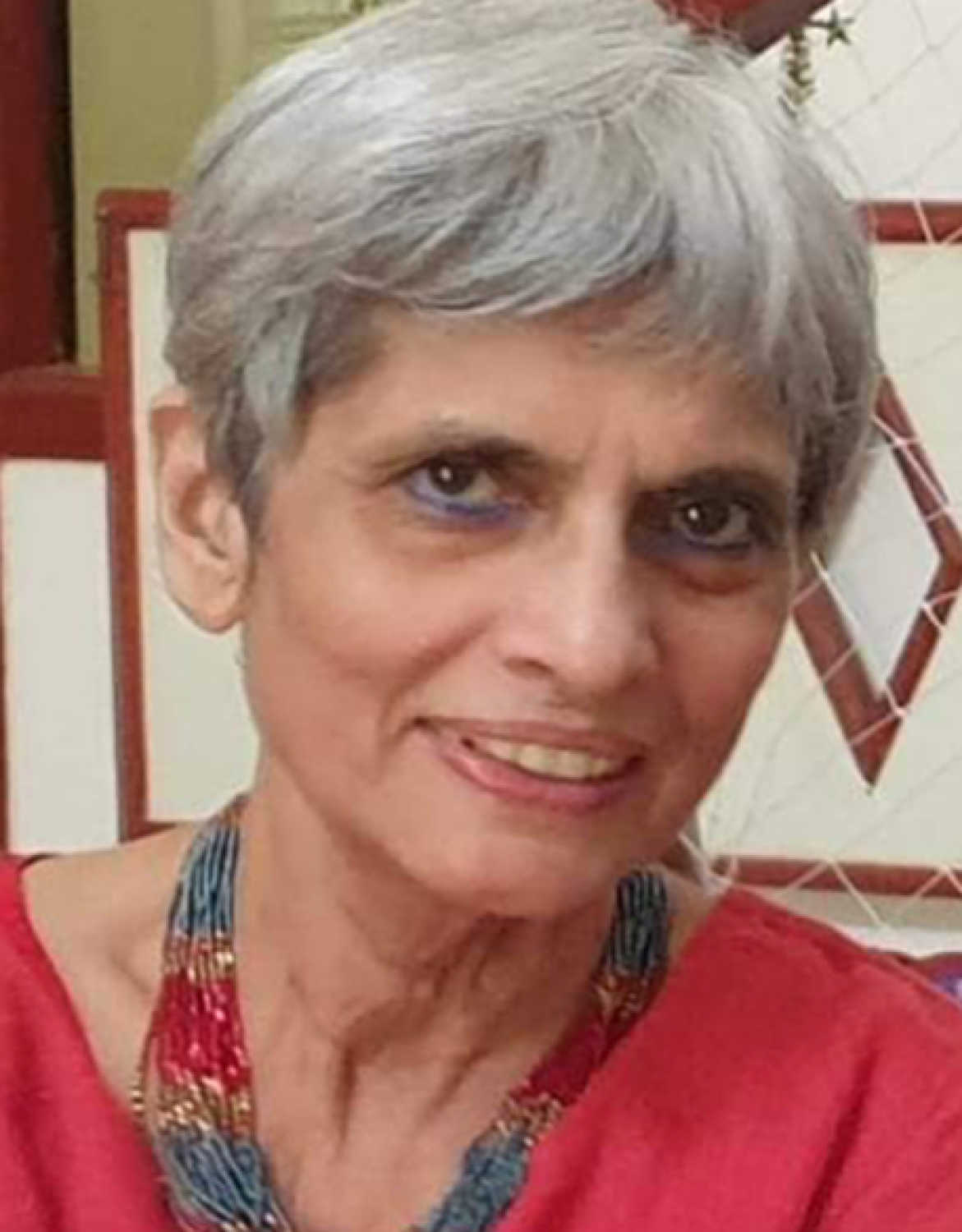The artist and storyteller opened up about curating animated films at the Asian Women's Film Festival and the changing trends in animation.
Animation has become synonymous with visual effects, says animator Nina Sabnani
New Delhi - 19 Mar 2021 10:00 IST


Sukhpreet Kahlon
An artist and storyteller who uses film, illustration and writing to tell her stories, Nina Sabnani’s work seeks to bring together animation and ethnography. Her film Hum Chitra Banate Hain, made in collaboration with Sher Singh, a Bhil artist from Madhya Pradesh, received the Best Animation Film Award (Rajat Kamal) at the 64th National Awards for 2016. A professor at the Industrial Design Centre, Indian Institute of Technology (Bombay), she was the curator for animation films at the recently concluded Asian Women's Film Festival (AWFF) organised by the India Chapter of the International Association of Women in Radio & Television (IAWRT).
The animated films at the festival included works from Hong Kong, Taiwan and India with themes ranging from environmental concerns, coming-of-age narratives, gender identity and personal stories of coping with difficulties, among others.
Speaking about the process of choosing films for the festival this year, she said, “The thing with animation is, firstly, you don’t get too many films because people take a long time to make animation films. We knew the theme [of the festival], which was around uncertainty, but we decided to expand it and not keep it to the pandemic because the pandemic made us aware of uncertainties but uncertainties have always been there and for women, there are all kinds of uncertainties.”
In the process of viewing and selecting films for the festival, Sabnani realised that there were many animated films by women from within India. “A lot of schools sent links to student films. We knew that we could only select films for the duration of 60 minutes for animation. Based on that I looked at the films and I didn’t just look at films about women’s rights etc but women just talking about what they wanted to talk about. I think it’s very important to not only show films that are directly trying to assert the rights of women, which we should do, but I think that there are films that a woman filmmaker makes, with an interesting topic, it’s something that she experiences…she feels something about herself and she wants to express it.”
“This time, the films did not all come from the known colleges like the National Institute of Design, Ahmedabad or the Indian Institute of Technology, but they came from other places, which was wonderful. There are these strong, young women in all places and they know what they are doing!” she added.
Although animated films are gaining prominence in recent times, very few of them are produced in the country. Highlighting some of the reasons for this, Sabnani pointed out, “They cost so much. Who’s going to put in so much funding? It’s very hard for people to make [animation] films although it used to be much harder earlier. When I was a student, we had to buy film stock, we didn’t even have a computer. Now it’s much easier because if you have a laptop and a camera and a scanner, you are pretty much okay and can actually make films without having to invest so much money. So many more people can make films than they could do before, but even then, it’s a very laborious process.”
Another hurdle for the form is the popular mindset that these films are primarily meant for children and not adults. “This is something promoted by Disney, but even Disney is making different films now but still they are more or less child-oriented. Historically, that’s how animation was seen and [in India] you only get funding from the Children’s Film Society of India and that means that your story has to be for children. There is no other government funding for animation films,” Sabnani explained.
Discussing some of the trends associated with animation, especially the widespread popularity of live-action films, she said, “Live-action has made animation disappear because they are using animation for special effects. Animation has now become synonymous with visual effects. Gaming is another place that has absorbed animation, so we really have to fight for that space. I think these festivals [AWFF] at least allow us to encourage the screening of such films and people are encouraged to make animation films.”
Despite the many hurdles, Sabnani feels that animation is an exciting space as many interesting things are happening with young people setting up studios and creating a robust space for the creation and exhibition of these films. She is also enthusiastic about the creations of several of her students who are producing engaging works and she looks forward to showcasing the fruits of their labour.
Talking about the future and her hopes for the medium in India, she says, “My hope is that we can be open to multiple voices, not only in what we say but also the way we say it and the imagery we use. Why should there be only one way of doing animation? Why can’t it be a piece of cloth or a dab of paint…just like an artist uses visual language as a way of expression, I would hope that animation is allowed that space in our country. Look more at storytelling, experimenting with the form of animation itself, what all is it capable of doing. Everything does not have an image so how do you create an image about an emotion? That’s what I am excited about.”
Related topics
IAWRT Asian Women's Film Festival

